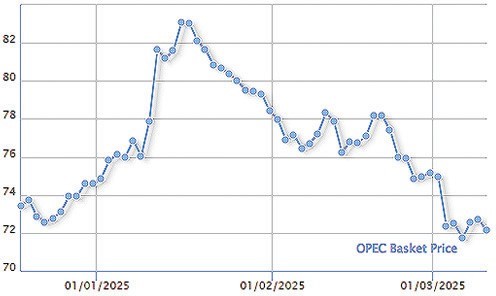in its efforts to assemble Antonov-140 passenger planes at Esfahan with successive news reports reporting fewer aircraft built rather than more.
The AN-140 is a Ukrainian-designed passenger plane. Iran signed a contract with the Antonov firm in the 1990s providing for the assembly of 80 of the planes in Iran.
Iran has had much trouble assembling the planes and has turned silent in recent years. News reports from the Ukraine reported that a total of 14 planes had been assembled as of July of last year. But as of last month, TASS, the Russian news agency, said that 12 had been assembled while last week TASS said a total of 10 had been assembled over 12 years. This week, Mohsen Musavi, the representative in Ukraine of the Iranian aviation firm HESA, was quoted by the Ukraine General Newswire as saying 10 AN-140s have been assembled in Iran and eight of them are now flying with Iranian airlines.
Iran has given no numbers for years. None of the published numbers, however, are anywhere near the one plane per month that Iran announced would be rolling out of the plant when it opened 12 years ago.
Iran has been saying very little about the aircraft in recent years, although it was frequently speaking proudly of the plane a decade ago.
In 2008, in the last major news about the aircraft, the Iranian ambassador to Ukraine, Musa Kazemi, blamed Ukraine for the excruciatingly slow progress. The plane is made in association with the Antonov aircraft firm that is based in Ukraine.
In an interview with the Ukrainian newspaper Den, Kazemi said 100 planes should have been built in Esfahan by 2008, an exaggeration. “Unfortunately, due to economic problems in the Ukraine, we have failed to achieve these goals.”
Kazemi said a new contract had been signed between the Antonov company and Iran’s HESA, the assembly firm in Esfahan. “Now we are very optimistic about the prospects for implementing this project,” he said.
In 2007, Iranian officials acknowledged losing $120 million trying to assemble the 52-seat AN-140 turboprop passenger plane. The Islamic Republic calls the aircraft the IrAn-140.
Ali-Akbar Mehrabi, the Iranian embassy economic attaché in Kiev, told the Defense-Express website the immense loss was attributable to two causes. One, he said, was the great delay in the delivery of parts made in Ukraine. The other, he said, was due to the fact that Ukraine changed the terms of its cooperation with Iran.
The Iranian company itself acknowledged the Iranian-made plane costs twice as much as buyers pay the Ukrainian Antonov company for its version.
A Doctor Vaziri, identified as the head of production, told Esfahan television in October 2006 that Iran spends $14 million to produce each plane. The version of the An-140 made in the Ukraine carried a list price of $6.7 million at that time.
Iran contracted with the Antonov company of the Ukraine to set up the factory at Esfahan. The plant opened early in 1998. The first plane flew in February 2001, the second 23 months later in March 2003, the third 21 months later in December 2004, the fourth 22 months later in October 2006, and the fifth 17 months later in March 2008.
Iran has been silent since then, but the chairman of the Antonov Aerospace Company, Dmitro Kiva, told a news conference in Kiev last week that Iran has now produced 12 of the aircraft, TASS reported. But TASS this week said 10 had been assembled. And in July of last year, the Ukraine General Newswire quoted Vyacheslav Bohuslaev, the head of Motor Sich, the firm that makes the engines for the AN-140, as saying Iran had assembled 14 of the planes.
But the latest report, quoting Iranian Mohsen Musavi who would have no reason to give a low number, put the total at 10 planes over 12 years.
Taking Musavi’s number of 10, that would mean output of five planes in the last 2 1/2 years at a rate of one plane each six months, a huge improvement from the earlier output but still far from the planned rate of one per month, although the plant has been in operation 12 years.
Kiva also announced that Iran had now ordered kits for assembling another 30 aircraft.
In Tehran, Manouchehr Manteqi, the head of HESA, said the AN-140 would begin replacing Russian-made Tupolev aircraft on short domestic passenger flights by Now Ruz.
The contract with Antonov calls for Iran to build 80 of the planes. The first models were to be assembled entirely from kits sent from the Ukraine with later aircraft to have an increasingly larger number of parts made in Iran.
One of the Iranian-made AN-140s is believed to have crashed on a flight on February 15, 2009, shortly after it was assembled. Iran announced that an AN-140 had crashed with the pilot and four men undergoing pilot training all killed. It did not say if the plane was an Iranian version of the aircraft or one from Ukraine. But AirGuide Business.com later reported that the crashed plane was believed to be one of the Iranian-assembled aircraft. It crashed about 30 kilometers from the assembly plant.
The AN-140 is a 52-seat turboprop designed for short hauls. Its maximum speed is 575 kph (360 mph).




















